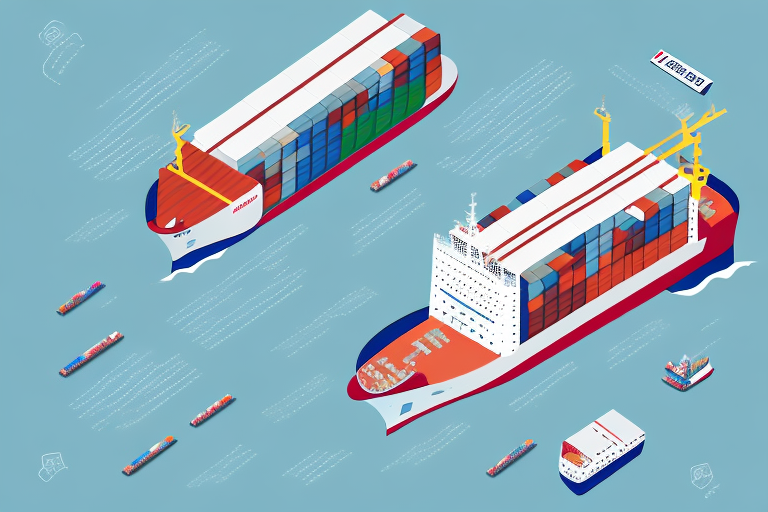Understanding DAP and Its Role in Agriculture
Diammonium phosphate (DAP) is a vital chemical compound used extensively as a fertilizer in the agricultural sector. Comprising two essential plant nutrients, nitrogen and phosphorus, DAP plays a crucial role in enhancing crop yields and improving soil fertility. According to the United States Department of Agriculture, the use of DAP contributes significantly to sustainable farming practices by providing balanced nutrition to crops.
What is DAP?
DAP is a granular fertilizer that is highly effective in delivering nitrogen and phosphorus to plants. Its chemical formula is (NH₄)₂HPO₄, and it is known for its high nutrient content and quick availability to plants. The production and shipment of DAP require meticulous attention to safety and efficiency to ensure its efficacy and environmental compatibility.
Importance of DAP in Crop Yields
DAP is one of the most widely used fertilizers globally, with applications in various crops such as corn, wheat, and vegetables. The nitrogen in DAP boosts vegetative growth, while phosphorus aids in root development and flowering. Studies from Nature highlight that proper DAP application can increase crop yields by up to 20%, significantly impacting agricultural productivity and food security.
Key Factors in DAP Shipping
Types of DAP Products
There are different forms of DAP available, including granular, prilled, and powdered forms. Each type requires specific handling and packaging methods to maintain its quality during transportation. Granular DAP is preferred for bulk shipping due to its ease of handling and reduced dust generation.
Packaging Requirements
DAP must be packaged in moisture-resistant containers to prevent caking and degradation. Common packaging materials include plastic bags, woven polypropylene bags, and paper bags with protective linings. Ensuring airtight seals and clear labeling is essential to protect the product and comply with safety standards.
Storage Conditions
Proper storage of DAP is critical to maintain its integrity. It should be stored in cool, dry, and well-ventilated areas away from sources of moisture and heat. The storage facility should be equipped to handle any potential spills safely and prevent contamination from other chemicals.
Transportation and Logistics
Choosing the Right Mode of Transportation
Selecting the appropriate mode of transportation—road, rail, or sea—is pivotal in DAP shipping. For short distances, road transport offers flexibility and speed, while rail and sea are more cost-effective for long-distance shipping. Factors such as cost, time, capacity, and accessibility should guide the decision-making process.
Cost-Effective Shipping Methods
- Intermodal Transportation: Combining multiple transportation modes can reduce costs and increase efficiency.
- Negotiating Rates: Securing better rates with carriers through long-term contracts or bulk shipping discounts.
- Efficient Route Planning: Optimizing routes to minimize transit times and fuel consumption.
Real-Time Tracking and Monitoring
Implementing real-time tracking systems, such as GPS and RFID technologies, allows for constant monitoring of DAP shipments. This enables proactive management of any disruptions and ensures timely delivery. Advanced logistics software can also provide insights into shipment performance and areas for improvement.
Regulatory Compliance and Safety
Understanding Regulations for DAP Shipping
DAP is classified as a hazardous material due to its reactive properties with moisture. Compliance with regulations set by authorities like the Environmental Protection Agency (EPA) and the International Maritime Organization (IMO) is mandatory. This includes obtaining necessary permits, adhering to packaging standards, and meeting transportation safety requirements.
Safety Best Practices
- Proper Training: Ensuring that all personnel involved in handling DAP are trained in safety protocols.
- Protective Equipment: Providing appropriate protective gear such as gloves and safety glasses.
- Emergency Procedures: Establishing clear procedures for handling spills or accidents during transportation.
Risk Management Strategies
Minimizing Risks in DAP Shipping
Shipping DAP involves various risks, including contamination, theft, and accidents. Implementing robust packaging, secure transportation methods, and comprehensive insurance coverage can mitigate these risks. Regular inspections and audits of logistics processes help identify and address potential vulnerabilities.
Effective Communication
- Clear Instructions: Providing detailed guidelines to all stakeholders involved in the shipping process.
- Stakeholder Coordination: Maintaining open communication channels with suppliers, carriers, and customers to ensure smooth operations.
- Issue Resolution: Promptly addressing any delays, damages, or regulatory issues that may arise.
Technological Innovations and Future Trends
Technological Advancements in DAP Shipping
Emerging technologies like artificial intelligence (AI), blockchain, and drones are revolutionizing DAP shipping. AI can optimize route planning and predict maintenance needs, while blockchain ensures secure and transparent supply chains. Drones offer innovative solutions for last-mile delivery in remote areas.
Sustainability in DAP Shipping
Sustainable practices are increasingly important in DAP shipping. Companies are adopting eco-friendly packaging materials, utilizing energy-efficient transportation modes, and implementing waste reduction strategies. These initiatives not only reduce environmental impact but also improve operational efficiency and cost-effectiveness.
Future Trends in DAP Shipping
The future of DAP shipping is likely to involve greater automation, increased use of renewable energy sources, and enhanced data analytics for improved decision-making. Staying abreast of these trends will be crucial for businesses aiming to maintain competitive advantage and ensure the sustainability of their shipping operations.
Conclusion
Shipping DAP efficiently requires a comprehensive understanding of the product, meticulous planning, adherence to safety and regulatory standards, and the implementation of modern technologies. By following best practices, employing cost-effective methods, and staying informed about future developments, businesses can ensure that their DAP shipping operations are both efficient and profitable. Continuous improvement and proactive risk management are key to achieving maximum efficiency in DAP shipping.




















